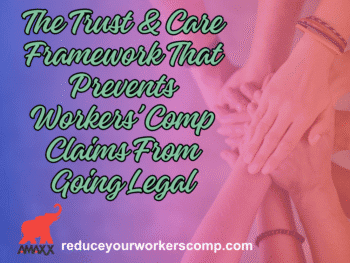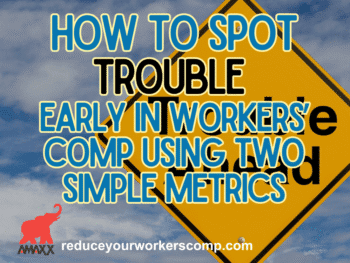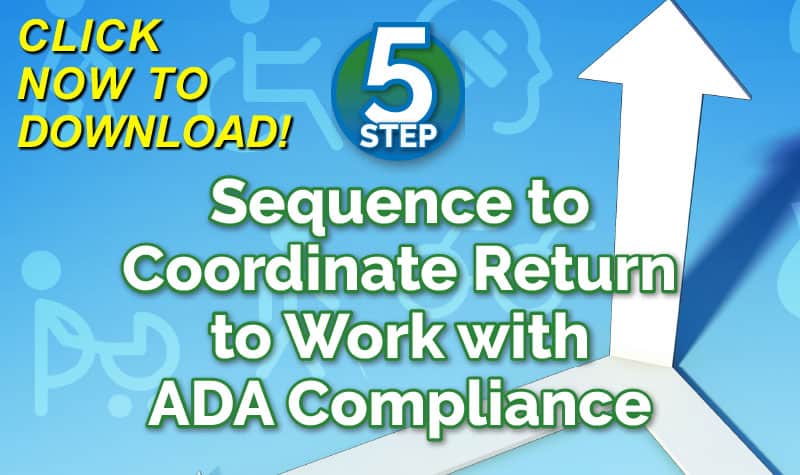In a perfect world, when an employee is injured at work, he or she would receive excellent treatment for the injury, return to work immediately (full duty or temporarily modified) then agree to a reasonable settlement and the claim would be closed. Occasionally this may happen. However, more often than not, things just don’t work like that. Problems encountered along the way include litigation, misunderstandings and the “sense of entitlement” exhibited by so many injured workers.
Litigation presents a problem because of the increased costs brought by litigated files and the perception an employee decided to “sue” causing an instinctive consternation on the part of the employer. What employer feels good about being sued by an employee? We all know these are typically not civil suits but all the same, they’re perceived to be lawsuits. By implementing ideas to decrease litigation, your workers’ compensation costs will also decline. Litigation also limits communication between the injured worker and the employer/carrier and complicates claim handling.
Misunderstandings often lead to litigation. The best way to assure clear communication and provide accurate information is to give your employee’s a written guide spelling out what they should expect following an injury. The adjuster and/or employer representative covers the content of the guide and answers any questions the employee may have so hopefully, he or she won’t turn to an attorney for advice.
Managing a “sense of entitlement” is another matter entirely. For whatever reason there are those who believe they are owed something above and beyond what is provided by the workers’ compensation statutes. Are they angry about being injured? Are they angry with their employer? It would probably take a psychiatrist to fully address this problem but the best we as claim professionals can do, is to again explain clearly and thoroughly what can be expected at each step of the process. Use the statute to support your explanation and refer the injured worker to your states workers’ compensation website for verification. Gaining his or her trust may help at least in part with this problem. Be certain the employee knows they are being provided with all of the benefits allowed by statute. (workersxzcompxzkit)
There are many problems encountered in the handling of indemnity claims and most carry an associated cost. Minimize the problems and cost savings will be realized.
Author Robert Elliott, executive vice president, Amaxx Risks Solutions, Inc. has worked successfully for 20 years with many industries to reduce Workers' Compensation costs, including airlines, health care, manufacturing, printing/publishing, pharmaceuticals, retail, hospitality and manufacturing. He can be contacted at: Robert_Elliott@ReduceYourWorkersComp.com or 860-553-6604.
Podcast/Webcast: How To Prevent Fraudulent Workers' Compensation Claims Click Here http://www.workerscompkit.com/gallagher/podcast/
Fraudulent_Workers_Compensation_Claims/index.php
FREE WC IQ Test: http://www.workerscompkit.com/intro/
WC Books: http://www.reduceyourworkerscomp.com/workers-comp-books-manuals.php
TD Calculator: www.reduceyourworkerscomp.com/transitional-duty-cost-calculator.php
WC Calculator: http://www.reduceyourworkerscomp.com/calculator.php
Do not use this information without independent verification. All state laws vary. You should consult with your insurance broker or agent about workers' comp issues.
©2009 Amaxx Risk Solutions, Inc. All rights reserved under International Copyright Law. If you would like permission to reprint this material, contact Info@WorkersCompKit.com


















